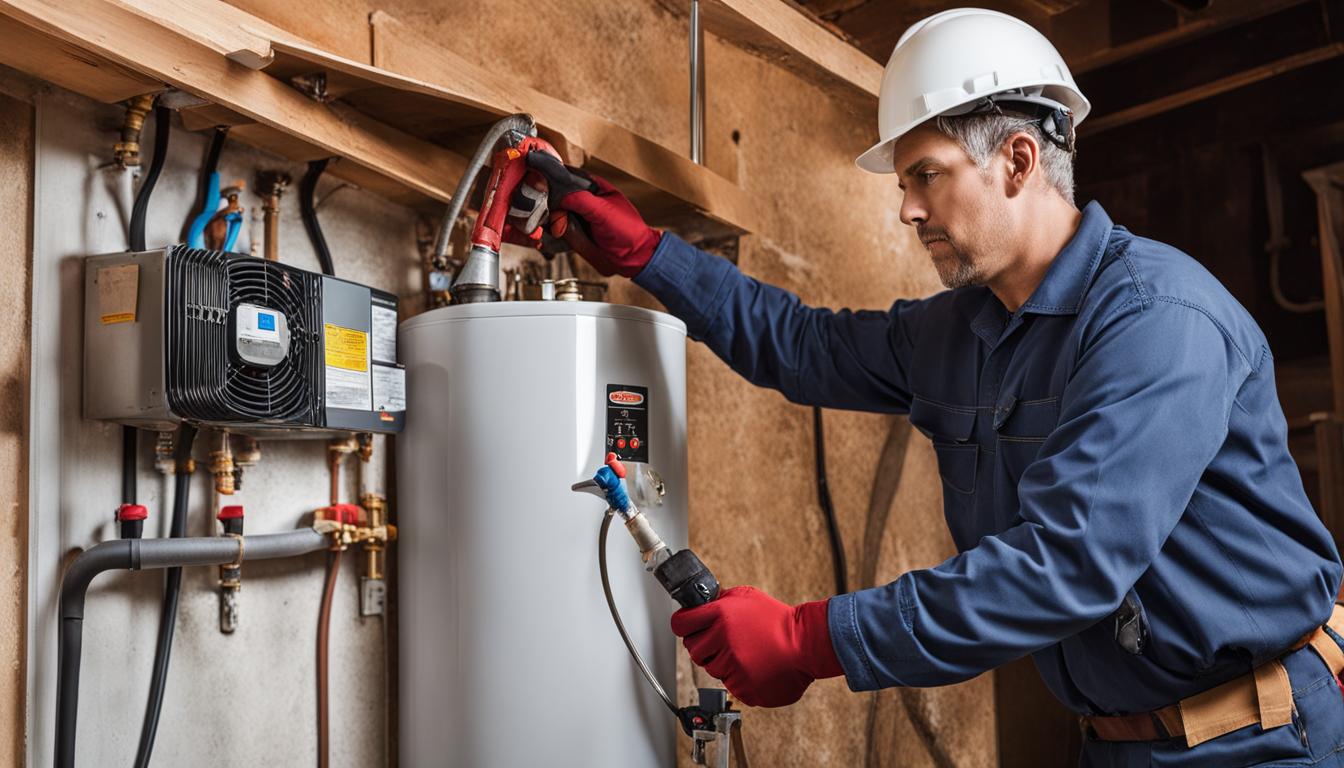Ways to Extend the Lifespan of Your Home's Hot Water System By Maintenance
Ways to Extend the Lifespan of Your Home's Hot Water System By Maintenance
Blog Article
They are making a few great points relating to How to Maintain a Hot Water Heater in a Few Simple Steps in general in the content further down.

Warm water is necessary for daily comfort, whether it's for a rejuvenating shower or cleaning recipes. To ensure your hot water system runs effectively and lasts much longer, regular maintenance is crucial. This write-up provides functional pointers and understandings on just how to keep your home's hot water system to prevent disturbances and expensive repairs.
Introduction
Preserving your home's warm water system could seem challenging, however with a couple of straightforward actions, you can guarantee it runs smoothly for years to find. This overview covers whatever from recognizing your warm water system to do it yourself upkeep pointers and knowing when to hire expert assistance.
Value of Keeping Your Warm Water System
Normal upkeep not just expands the life-span of your warm water system however also ensures it runs effectively. Overlooking upkeep can cause reduced performance, greater power costs, and also early failing of the system.
Indications Your Warm Water System Requirements Maintenance
Knowing when your warm water system requires attention can prevent significant problems. Look out for signs such as irregular water temperature, strange noises from the heating system, or corroded water.
Recognizing Your Warm Water System
Before diving into maintenance jobs, it's useful to recognize the basic parts of your hot water system. Normally, this includes the hot water heater itself, pipelines, anode rods, and temperature level controls.
Monthly Upkeep Tasks
Regular regular monthly checks can aid catch small issues prior to they escalate.
Flushing the Hot Water Heater
Flushing your hot water heater eliminates debris accumulation, improving performance and extending its life.
Monitoring and Replacing Anode Rods
Anode rods stop corrosion inside the container. Examining and changing them when worn is critical.
Checking and Adjusting Temperature Setups
Adjusting the temperature level settings makes certain optimal performance and safety and security.
DIY Tips for Upkeep
You can carry out numerous maintenance jobs yourself to maintain your hot water system in top problem.
Checking for Leakages
Routinely examine pipelines and connections for leakages, as these can lead to water damage and greater bills.
Checking Pressure Relief Valves
Examining the pressure safety valve guarantees it functions properly and prevents extreme stress buildup.
Protecting Pipelines
Insulating hot water pipelines reduces warm loss and can conserve energy.
When to Call an Expert
While do it yourself upkeep is advantageous, some problems call for professional competence.
Facility Issues Needing Specialist Aid
Examples include significant leakages, electrical problems, or if your hot water heater is continually underperforming.
Routine Professional Maintenance Perks
Specialist maintenance can include extensive examinations, tune-ups, and making certain compliance with safety requirements.
Final thought
Normal upkeep of your home's warm water system is crucial for efficiency, longevity, and cost savings. By complying with these ideas and recognizing when to look for specialist help, you can ensure a reputable supply of hot water without unforeseen interruptions.
How to Maintain an Instant Hot Water Heater
Before tinkering with your hot water heater, make sure that it’s not powered on. You also have to turn off the main circuit breaker and shut off the main gas line to prevent accidents. Also turn off the water valves connected to your unit to prevent water from flowing into and out of the appliance. 2. When you’re done, you have to detach the purge valves’ caps. These look like the letter “T†and are situated on either side of the water valves. Doing so will release any pressure that has accumulated inside the valves while at the same time avoid hot water from shooting out and burning your skin. 3. When the purge valves’ caps are removed, you have to connect your hosing lines to the valves. Your unit should have come with three hoses but if it didn’t, you can purchase these things from any hardware or home repair shops. You can also get them from retail stores that sell water heating systems. Read the user’s manual and follow it to complete this task properly. When the hosing lines are connected, open the purge port’s valves. 4. You should never use harsh chemical cleaners or solutions when cleaning your unit. Make use of white vinegar instead. It should be undiluted and you’ll probably use about 2 gallons. 5. Now flush your water heater. This task should probably take about 40 minutes. We can’t give you specific directions for this because the procedure is carried out depending on the type, model and brand of your heater. With that being said, refer to the user’s manual. 6. When you’re done draining the unit, you have to turn off the purge port valves again. Remove the hosing lines that you earlier installed on each of the water valves. Put the valve caps (purge port) back in their respective places and be very careful so as not to damage the rubber discs that are found inside these caps. 7. Now that everything’s back in place, check your user’s manual again to find out how to reactivate your water heating system. 8. Once it is working, turn one of your hot water faucets on just to let air pass through the heater’s water supply pipes. Leave the tap on until water flows smoothly out of it. https://www.orrplumbing.com/blog/2014/september/how-to-maintain-an-instant-hot-water-heater/

Hopefully you enjoyed reading our excerpt about How to Maintain a Hot Water Heater in a Few Simple Steps. Many thanks for taking the time to read through our content. Make sure you take a moment to distribute this blog if you enjoyed it. I treasure your readership.
Schedule A Service Report this page